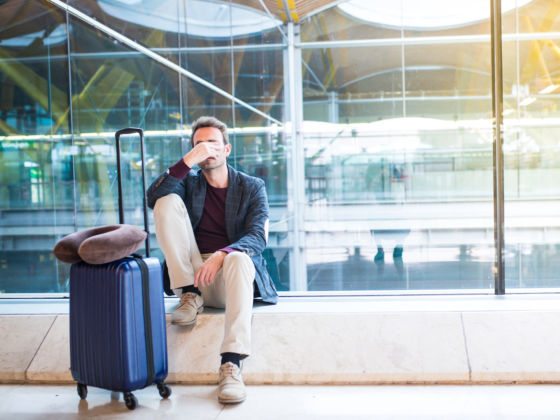By Sid Lipsey, Yahoo! Travel
It’s probably America’s most controversial list. You can be put on it without your knowledge, and getting off it is extremely difficult.
It’s the federal no-fly list, a collection of names of people who are not allowed to board commercial flights into or out of the United States. According to leaked documents obtained by The Intercept, more than 47,000 people were on America’s no-fly list as of August 2013. That number reportedly includes 800 Americans, many of whom don’t even know they’re on it. The government sends no official notification to those on the list; many times, people don’t find out until they’re denied boarding at the airport.
